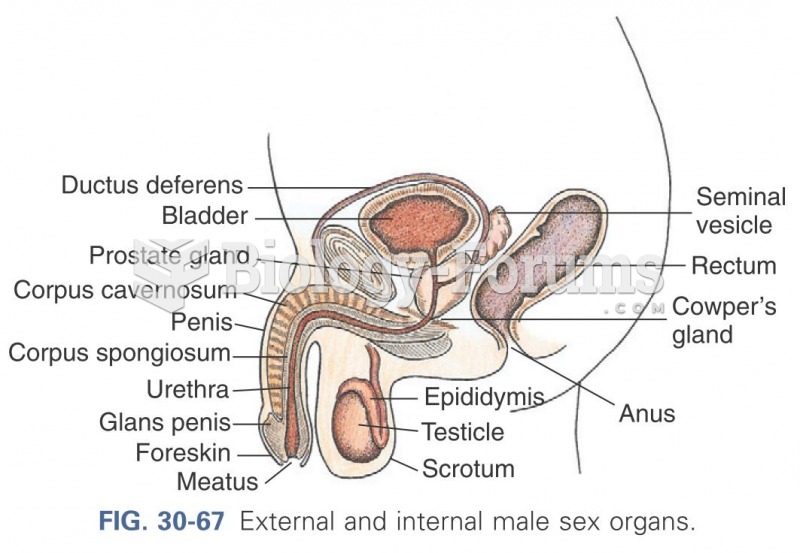Answer to Question 1
B
Feedback
A Incorrect. Asking about shivering can be ineffective with an older adult who is confused and disoriented because the response can be incorrect. However, to display respect, the nurse should ask the question.
B Correct. Older adults are at higher risk of hypothermia in the community because hypothermia is difficult to detect and because, as hypothermia sets in, the older adult can respond to a lower temperature. This man has clinical indicators of hypothermia, so the home care nurse assesses the ambient temperature first for a baseline determination because the household temperature should have the most profound impact on his body temperature.
C Incorrect. The type of food preparation can offer additional clues about the older adult's hypothermia and mental status because, if he is eating cold foods like sandwiches and yogurt, he can be contributing to the problem unwittingly.
D Incorrect. The nurse assesses the older adult who is disoriented and confused for injury as a likely cause of a change in mental status. However, because the older adult was not confused and was oriented in the hospital, the nurse looks for clinical indicators for environmental factors.
Answer to Question 2
D
Feedback
A Incorrect. The receiving nurse incorporates patient goals into the plan.
B Incorrect. The sending nurse ensures that the patient is stable for the transfer to prevent decompensation during the trip or shortly after arrival at the new facili-ty.
C Incorrect. The sending nurse is responsible for providing clear, comprehensive, and complete patient documentation.
D Correct. A shared responsibility of the sending and the receiving nurses or care team is to regard the transition as a transfer versus a discharge and to provide continuous and consistent nursing care throughout the transfer phase. To ac-complish this, the two nurses or groups must have clear, comprehensive com-munication.




